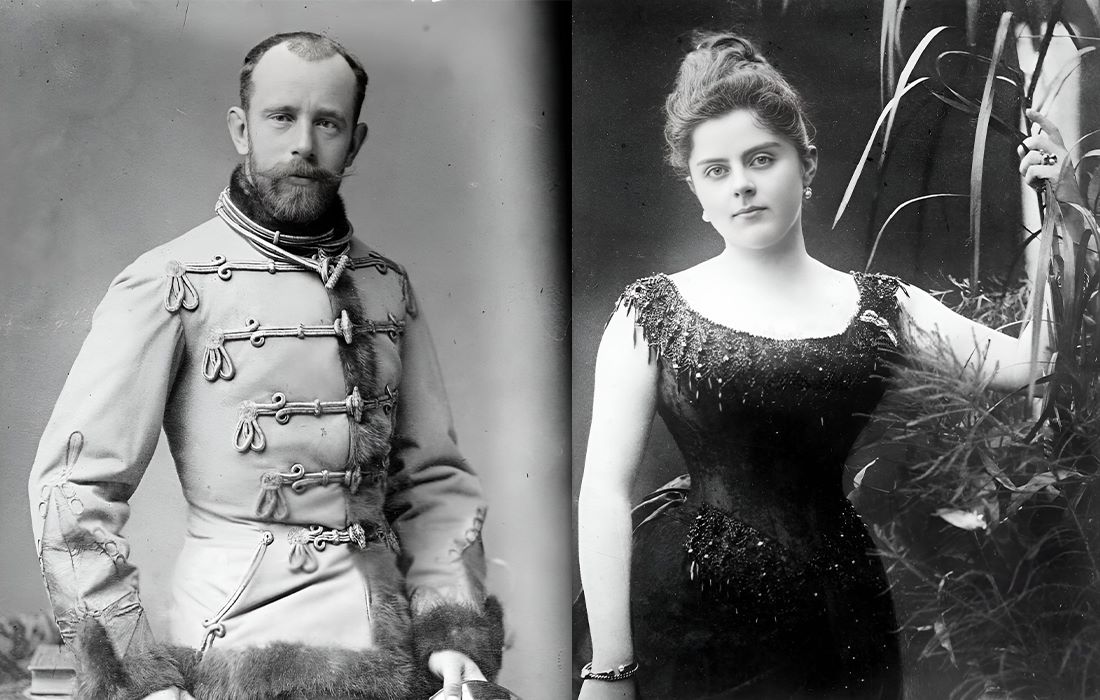Rudolf and Mary, Crown Prince Rudolf of Austria, and Baroness Mary Vetsera, were star-crossed lovers whose lives ended tragically. Rudolf, the only son of Emperor Franz Joseph I of Austria and Empress Elisabeth, was heir to the Austro-Hungarian throne. Mary Vetsera, a young baroness, became his mistress in a scandalous affair. On January 30, 1889, their bodies were discovered at Mayerling, leading to widespread speculation and mystery about their deaths, which were officially ruled as a murder-suicide. As a history student, I often encountered the question, “What if?” from my professors, pondering how different outcomes could have changed history. One such question can be utilized to explore the intriguing fate of Rudolf, making him a captivating subject for historical analysis.
Forbidden Love
Rudolf and Mary: their names alone conjure images of a tragic romance. Crown Prince Rudolf of Austria, the only son of Emperor Franz Joseph I and Empress Elisabeth, was a man of many complexities. Born on August 21, 1858, in the Laxenburg Palace near Vienna, Rudolf was an intellectual, deeply interested in liberal politics and natural sciences. However, his life took a tragic turn due to his troubled marriage to Princess Stephanie of Belgium, which led him to seek solace elsewhere.
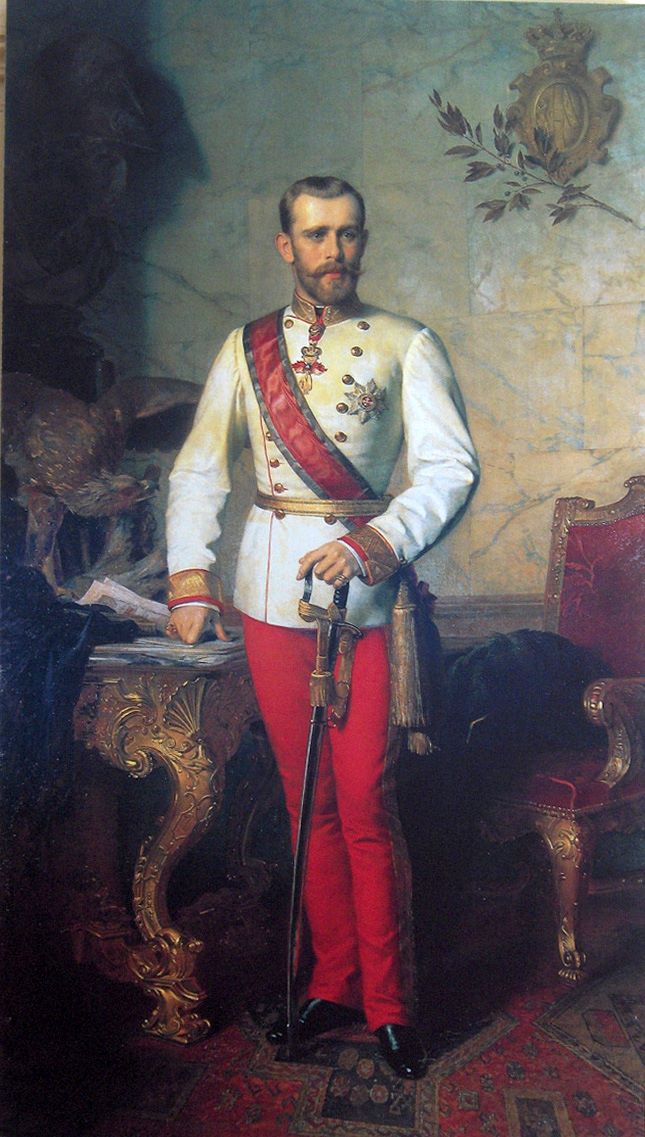
Mary Vetsera, born Baroness Maria Vetsera on March 19, 1871, in Vienna, was a young and beautiful socialite from an aristocratic family. Rudolf and Mary first met in late 1888, at a time when Rudolf was increasingly estranged from his wife. Their romance quickly blossomed, and despite the severe social and political consequences, they became inseparable lovers. The intensity of their relationship ultimately led them to a tragic end, sealed by their dramatic decision to die together in the Mayerling hunting lodge on January 30, 1889.
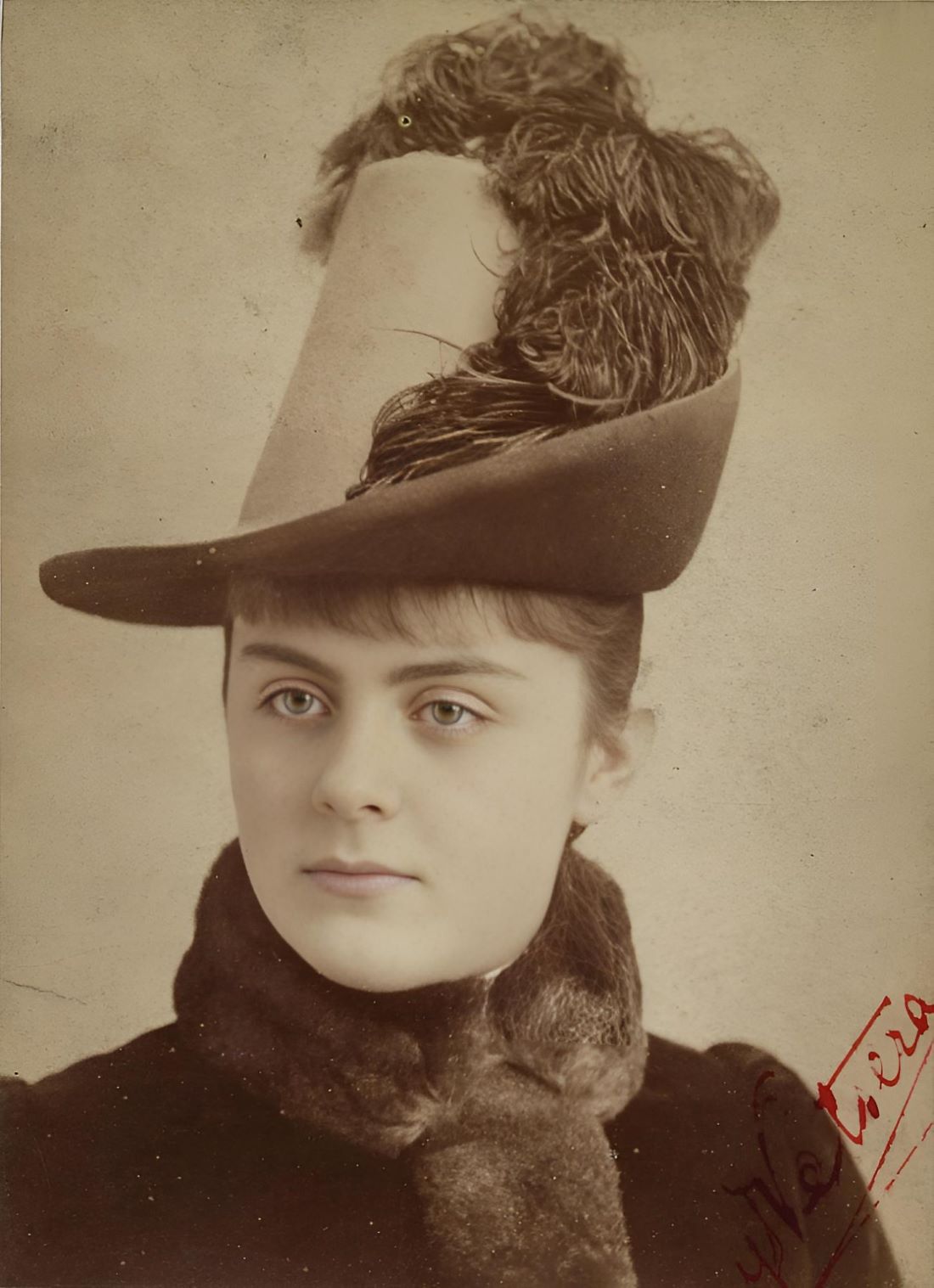
In researching historical accounts of their relationship, it becomes clear that their forbidden love story is as captivating as it is sorrowful. Rudolf and Mary’s clandestine meetings and the societal pressures they faced add layers of intrigue and poignancy to their tale.
Mysterious Suicide?!
The double suicide of Crown Prince Rudolf of Austria and his mistress, Baroness Mary Vetsera, has fascinated both contemporaries and historians from the moment it occurred on January 30, 1889. Their tragic end in the Mayerling hunting lodge was officially declared a murder-suicide, but numerous theories and speculations have surrounded the event ever since. Some believe that Rudolf, overwhelmed by his turbulent marriage and political pressures, decided to end his life and took Mary with him. Others suggest a Romeo and Juliet-style pact, inspired by their intense and forbidden love.
In 2015, previously unknown letters written by Mary Vetsera were discovered in a bank vault in Vienna, shedding new light on the tragic event. These letters, addressed to her family, expressed her unwavering love for Rudolf and her willingness to die alongside him. This discovery has reignited debates among historians, who hope that these personal documents might finally clarify the motives behind the couple’s mysterious deaths.
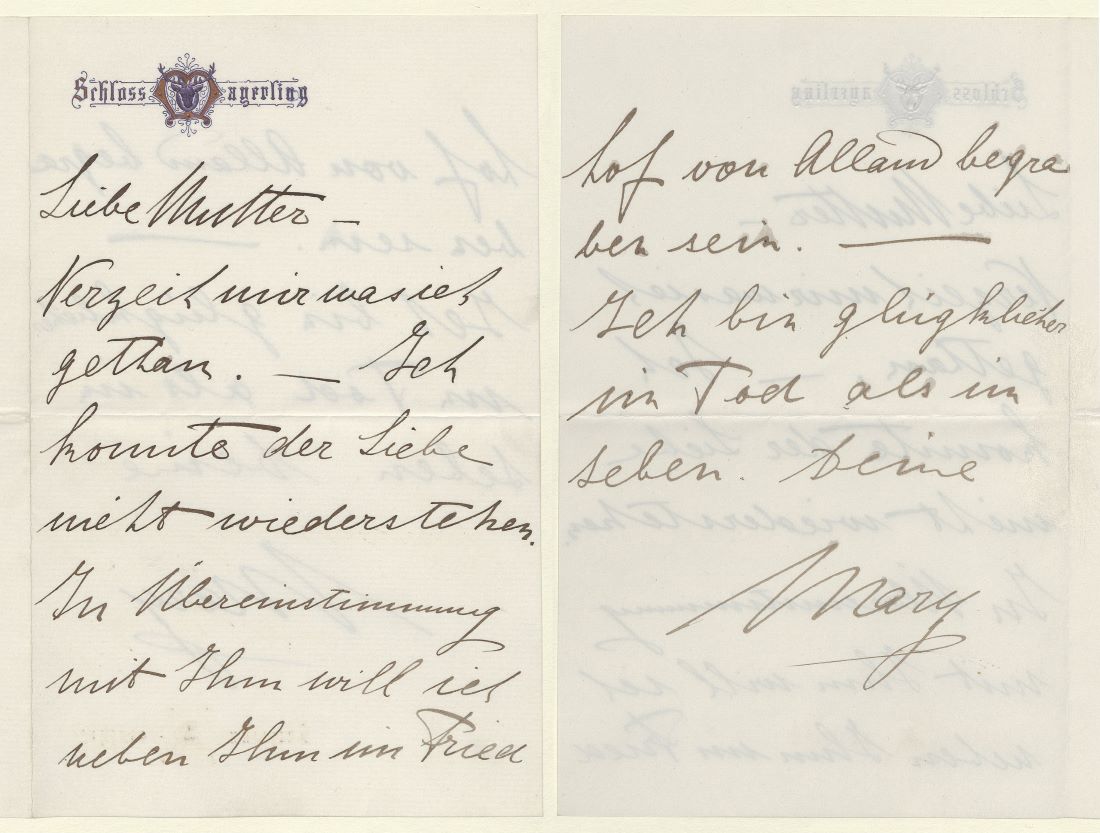
Schloss Mayerling
Dear Mother,
Forgive me for what I have done. I could not resist love. In agreement with him, I want to be buried next to him in the grave. I am happier in death than in life.
Yours,
Mary
What If Rudolf Had Lived?
As a former history student, one of the most frequently pondered questions posed to us was what might have happened had Crown Prince Rudolf not committed suicide. Rudolf, the only son of Emperor Franz Joseph I and Empress Elisabeth, was poised to inherit the Austro-Hungarian throne. His liberal views and political aspirations differed significantly from those of his father, leading to tensions within the Habsburg monarchy. Rudolf envisioned reforms that might have modernized the empire, potentially addressing the nationalist movements and social issues that plagued it. Had he lived, Rudolf might have steered the empire toward a more progressive and possibly more stable political path, avoiding some of the rigid conservatism that characterized his father’s reign.
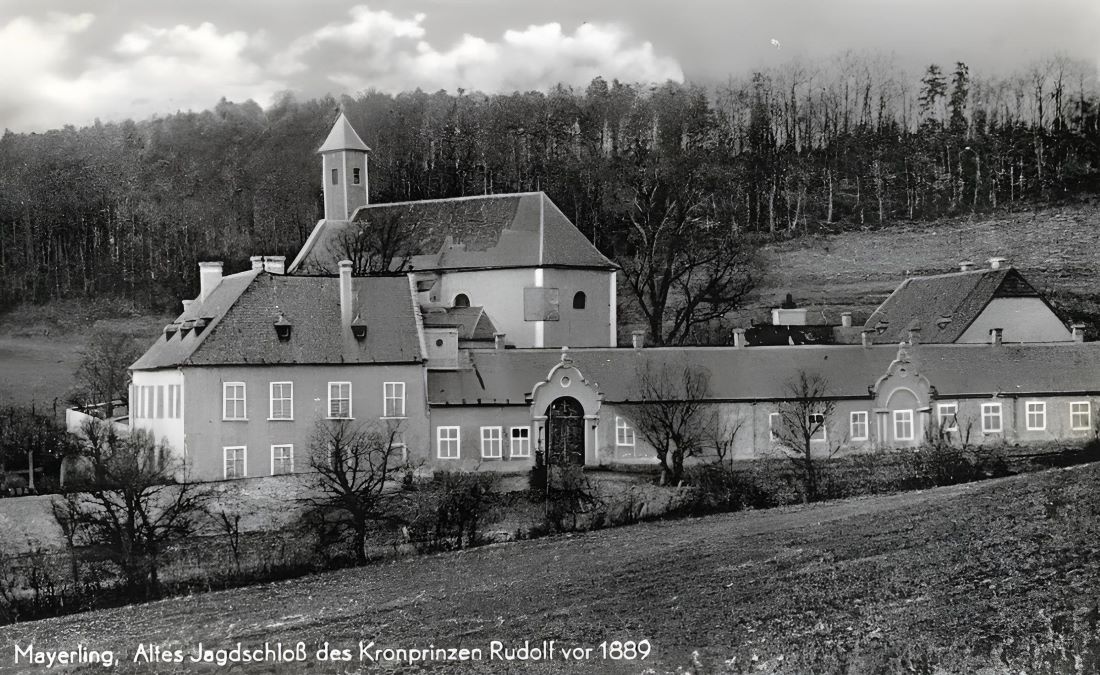
Rudolf’s potential reign brings to mind the significant impact his nephew, Archduke Franz Ferdinand, had on European history. Franz Ferdinand’s assassination in Sarajevo in 1914 was the catalyst for World War I, a conflict that reshaped the world. If Rudolf had survived and became emperor, his more conciliatory approach toward Russia and his liberal policies might have altered the course of events, potentially preventing the war. Rudolf’s plans for political alliances and his interest in creating a more inclusive and federalized empire could have mitigated the ethnic tensions within Austro-Hungary. While it’s impossible to know for certain what would have happened, imagining a world where Rudolf’s political vision prevailed continues to captivate historians and enthusiasts alike, reminding us of the fragile nature of history and the profound impact of individual lives on the course of events.
Historical Challenge: Can You Conquer the Past?
Answer more than 18 questions correctly, and you will win a copy of History Chronicles Magazine Vol 1! Take our interactive history quiz now and put your knowledge to the test!

